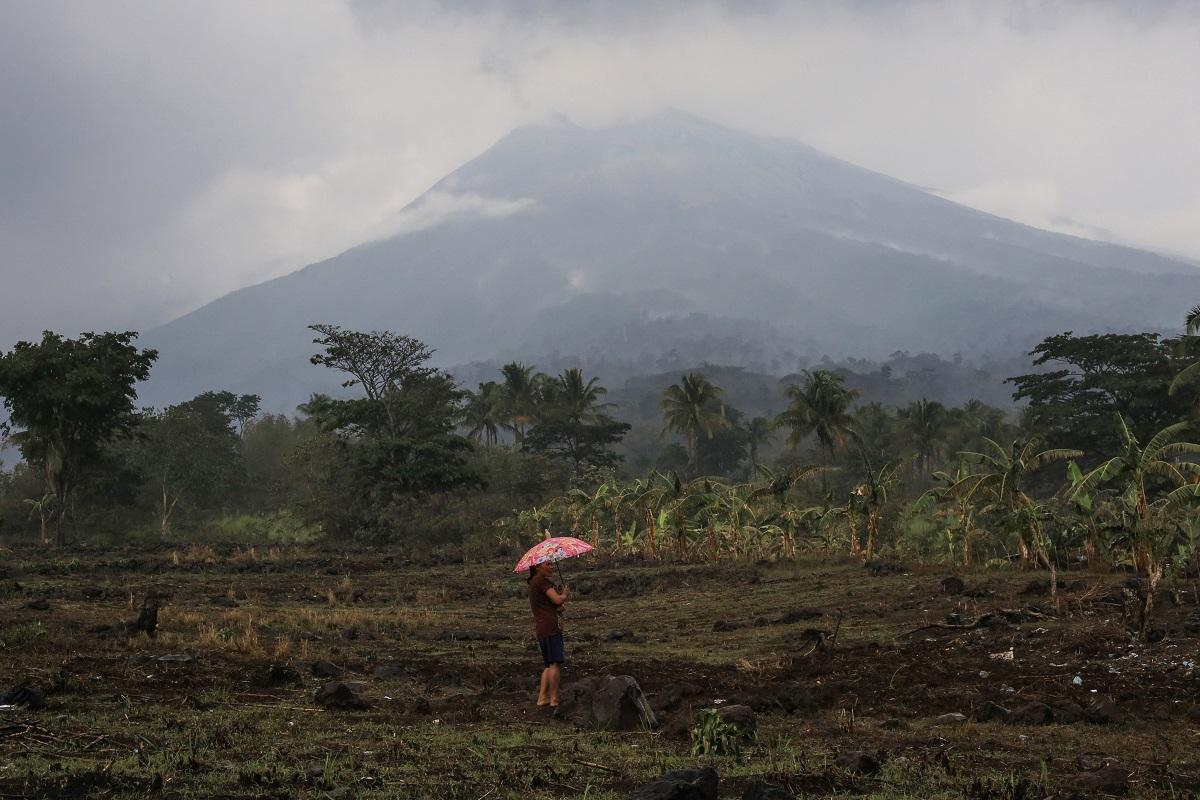PHIVOLCS: Lahar deposit in 4 waterways, Biak-na-Bato main road impassable

Gray cohesive mud, plant debris and gravel have been deposited by lahar along four waterways in the cities of La Castellana and Canlaon in Negros Occidental rendering Biak-na-Bato main road impassable, the Philippine Institute of Volcanology and Seismology (PHIVOLCS) reported Wednesday evening.
The lahar was reported by netizens and confirmed by the PHIVOLCS' Quick Response Team (QRT) during field work, according to the 11 p.m. Kanlaon Volcano Lahar Advisory.
The waterways affected are:
- Tamburong Creek, which courses through Biak-na-Bato and Calapnagan in La Castellana
- Intiguiwan River in Guinpanaan and upstream Baji-Baji Falls in Cabacungan, La Castellana
- Padudusan Falls in Masulog, Canlaon City
- Binalbagan River, which drains the southern flank of Kanlaon Volcano
"The lahars were generally channel-confined but flows along Tamburong Creek overflowed and dumped a few centimeters of deposit on a stretch of the main road in Biak-na-Bato, rendering this impassable to motorists," said PHIVOLCS.
Mount Kanlaon remains under Alert Level 2 or increased unrest. The public is not allowed entry into the 4-kilometer radius Permanent Danger Zone (PDZ). Flying any aircraft close to the volcano is also prohibited.
The possible hazards that can occur, according to PHIVOLCS, is sudden steam-driven or phreatic eruptions.
Thunderstorms that occurred early Wednesday afternoon generated volcanic sediment flows or lahar on the southern slopes that were detected by the Kanlaon Volcano Network (KVN).
"These lahars began approximately around 1:00 p.m. and lasted 25 minutes based on the seismic record. A total of 23.75 mm of rain over a two-hour period was also recorded by the All-Weather Station of the Manghumay, Mailum, Bago City Observation Station of the KVN. Higher rainfall volumes may have likely occurred around the summit area of the volcano," the agency also reported.
Larger volume lahars, muddy streamflows, or muddy run-off can be expected along the four waterways and the southern edifice of the volcano as PAGASA forecasted heavy rains in the next two days.
PAGASA reported that thunderstorms are expected on June 6 and 7, that could bring between 100 and 200 mm heavy rain over Negros Island.
PHIVOLCS advised that local government units monitor weather conditions and take pre-emptive response measures for safety from potential lahars.
Earlier, the cities of Canlaon and La Castellana have declared a State of Calamity following the volcanic eruption. — BAP, GMA Integrated News




